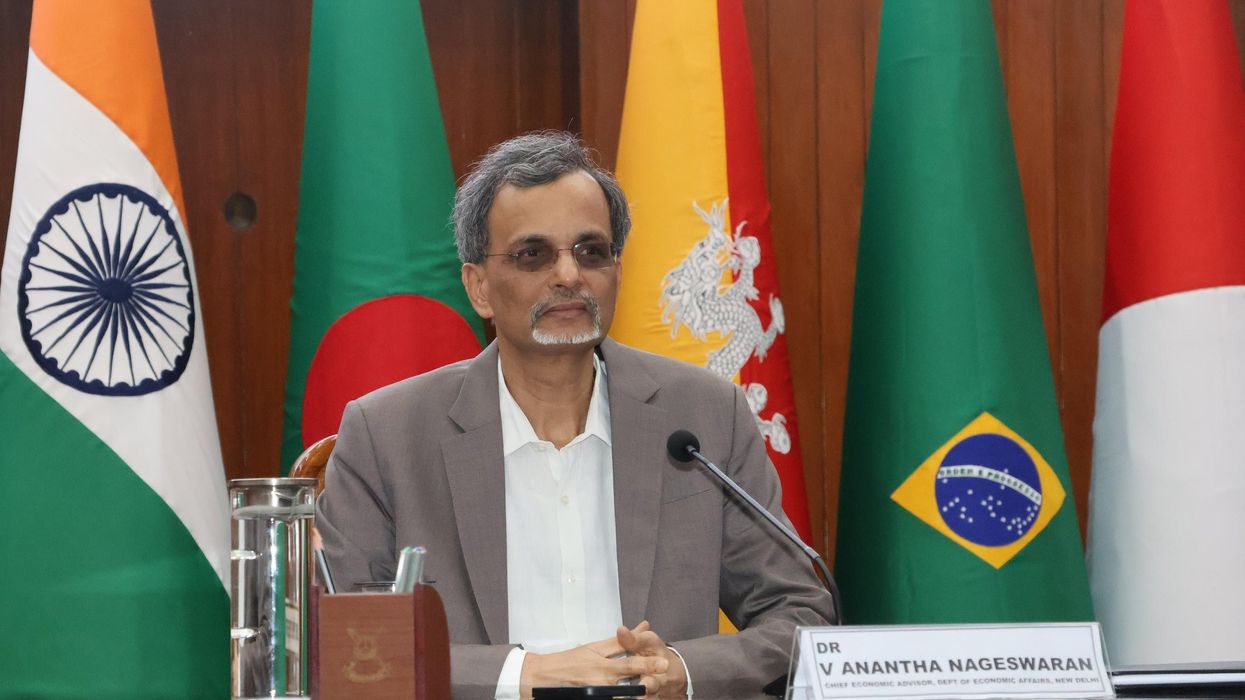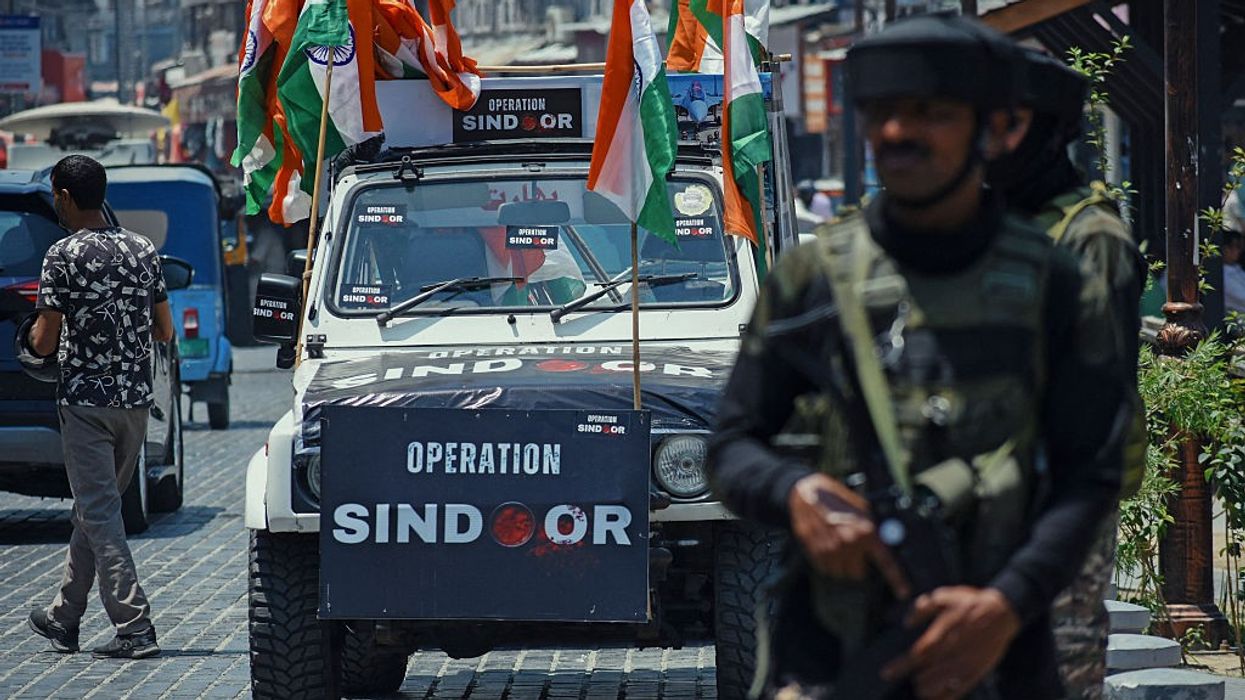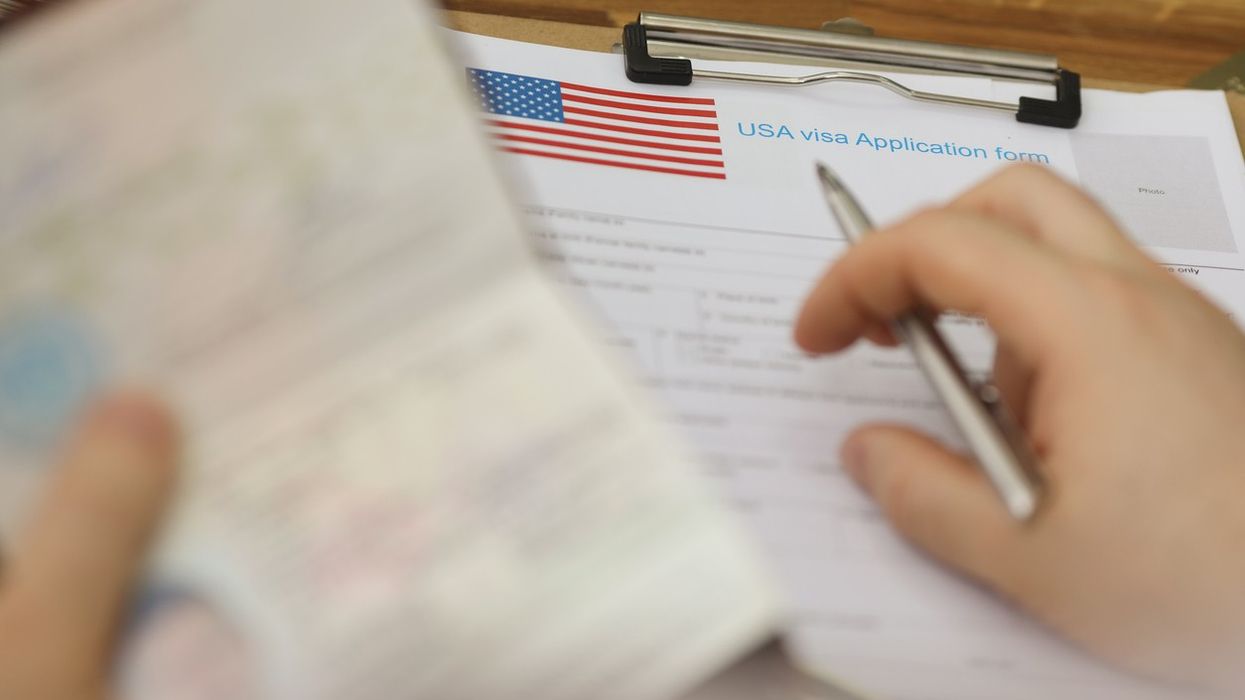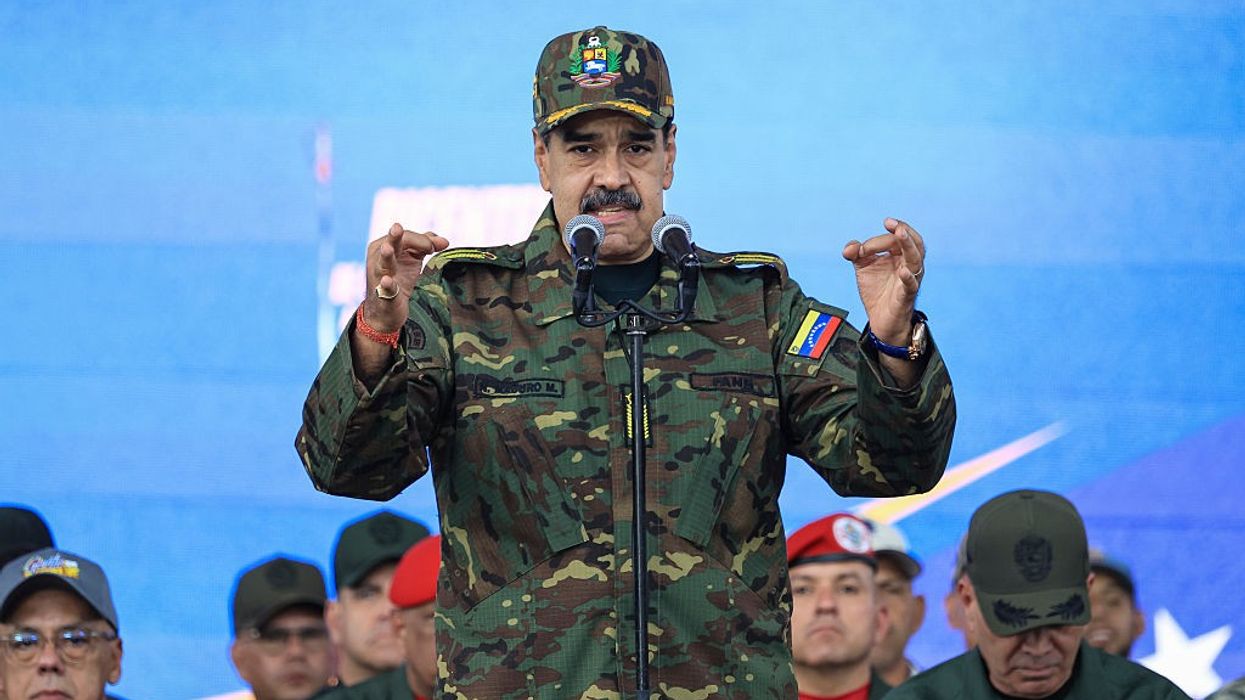India’s Chief Economic Adviser (CEA) V. Anantha Nageswaran has warned that US President Donald Trump’s newly doubled tariffs on Indian goods could shave off between 0.5 per cent and 0.6 per cent from India’s GDP this fiscal year. Speaking to Bloomberg TV, Nageswaran cautioned that the economic loss could be larger if these steep 50 per cent tariffs remain in place for an extended period.
Despite this challenge, he maintained India’s overall growth forecast of 6.3-6.8 per cent for the fiscal year ending in March 2026, highlighting strong expansion during the April-June quarter at 7.8 per cent, the fastest in over a year.
Tariffs: Targeting key export sectors
The US hike on tariffs comes as a retaliation against India’s continued import of discounted Russian crude oil, which Trump alleges helps fund Moscow’s war in Ukraine. The 50 per cent tariff—composed of a 25 per cent reciprocal tariff plus an additional 25 per cent punitive levy—affects a wide range of Indian exports, including textiles, gems and jewelry, footwear, furniture, industrial chemicals, and more.
These industries, pivotal to India’s labor-intensive manufacturing base, face stiff competition from rivals such as Vietnam, Bangladesh, and China who do not face such trade barriers. Exporter groups fear that the tariffs could cause Indian goods to lose market share in the US, jeopardizing thousands of jobs, particularly in states like Gujarat.
Exemptions and complex trade dynamics
Certain sectors such as pharmaceuticals have been spared from immediate tariff hikes due to their critical role in supplying affordable generic medicines to the US. Likewise, semiconductors, electronics, and some metals face complex tariff regimes separate from the general 50% rate. The US government’s actions come after failed negotiations aimed at reducing tariffs to a more moderate level similar to agreements with other trading partners.
Impact on bilateral relations and economic strategy
The tariff increase signals growing tensions between the two democracies, though diplomatic channels remain open. India, now focused on “strategic autonomy,” continues to balance economic priorities with geopolitical realities, strengthening ties with Russia and China while seeking to ease Indo-US frictions.
India’s Finance Minister Nirmala Sitharaman has affirmed the country’s commitment to sourcing economically viable energy despite US disapproval. Meanwhile, the Indian government plans measures to support affected exporters and diversify into emerging markets in Latin America and the Middle East.
Economists underscore the need for policy reform in India to boost domestic manufacturing and reduce trade dependence. Some see an opportunity for India as a global alternative to China, though sustained tariffs could dampen this potential and threaten up to 2 million jobs without adequate corrective steps.
Economic resilience amid uncertainty
Despite the tariff shock, India’s economy shows resilience fueled by low inflation, direct tax cuts, consumption growth, and GST rationalisation. The government targets fiscal deficit containment and expects the monetary cushion from asset sales and central bank payouts to alleviate revenue pressures.
Experts advise businesses and policymakers to prepare for prolonged tariff impact, emphasizing early adaptation and diversification strategies. This backdrop makes India’s short- and medium-term economic landscape uncertain but not without opportunity.
















